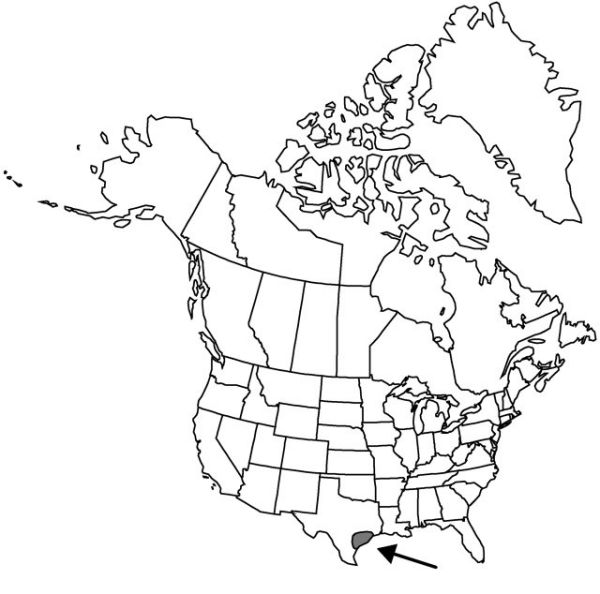Difference between revisions of "Yucca tenuistyla"
Rep. (Annual) Missouri Bot. Gard. 13: 53, plate 17, fig. 2, plates 18, 19, plate 83, fig. 3, plate 92, fig. 1. 1902.
FNA>Volume Importer |
FNA>Volume Importer |
||
| Line 32: | Line 32: | ||
-->{{#Taxon: | -->{{#Taxon: | ||
name=Yucca tenuistyla | name=Yucca tenuistyla | ||
| − | |||
|authority=Trelease | |authority=Trelease | ||
|rank=species | |rank=species | ||
| Line 47: | Line 46: | ||
|publication year=1902 | |publication year=1902 | ||
|special status= | |special status= | ||
| − | |source xml=https://jpend@bitbucket.org/aafc-mbb/fna-data-curation.git/src/ | + | |source xml=https://jpend@bitbucket.org/aafc-mbb/fna-data-curation.git/src/f50eec43f223ca0e34566be0b046453a0960e173/coarse_grained_fna_xml/V26/V26_906.xml |
|genus=Yucca | |genus=Yucca | ||
|species=Yucca tenuistyla | |species=Yucca tenuistyla | ||
Revision as of 20:53, 16 December 2019
Plants forming open colonies, acaulescent or short-caulescent; rosettes usually small. Stems erect, to 0.5 m. Leaf blade mostly recurving, lanceolate, plano-convex, widest near middle, 40–70 × 1–2 cm, rigid, margins entire, filiferous, whitish, apex scarcely pungent. Inflorescences paniculate, arising beyond rosettes, ovoid, to 10 dm, distance from leaf tips to proximal inflorescence branches more than twice leaf length when fully expanded, glabrous or slightly pubescent; bracts erect; peduncle scapelike, 1–1.7 m, less than 2.5 cm diam. Flowers pendent; tepals narrow, apex acute; filaments shorter than pistil; pistil 1.5–3.8 cm; ovary white; style white or green, oblong, often deeply lobed; stigmas lobed. Fruits erect, capsular, dehiscent, cylindrical, symmetrical, not constricted, stout, 5–6.5 × 2.5–3 cm, dehiscence septicidal. Seeds glossy black, thin, 8–10 × 7–8 mm.
Phenology: Flowering spring.
Habitat: Brushlands to coast
Elevation: 0–200 m
Discussion
Very little is known about Yucca tenuistyla, and further study is needed. Along with Y. louisianensis, it was treated by S. D. McKelvey (1938–1947) as a part of Y. constricta. The characteristics separating these three taxa are tenuous, and it is possible that Y. tenuistyla is just a variant of Y. flaccida, which includes Y. louisianensis.
Selected References
None.
